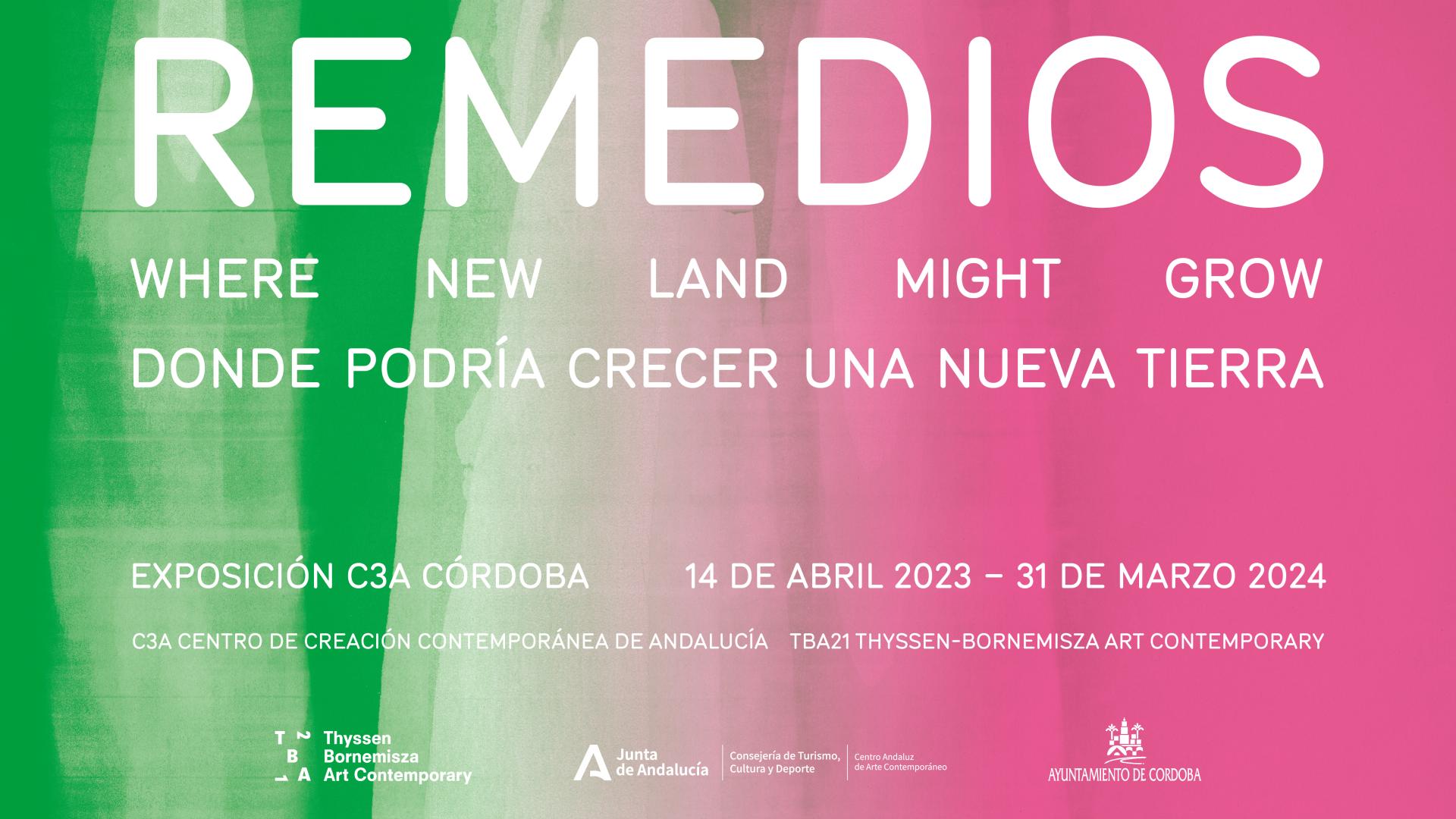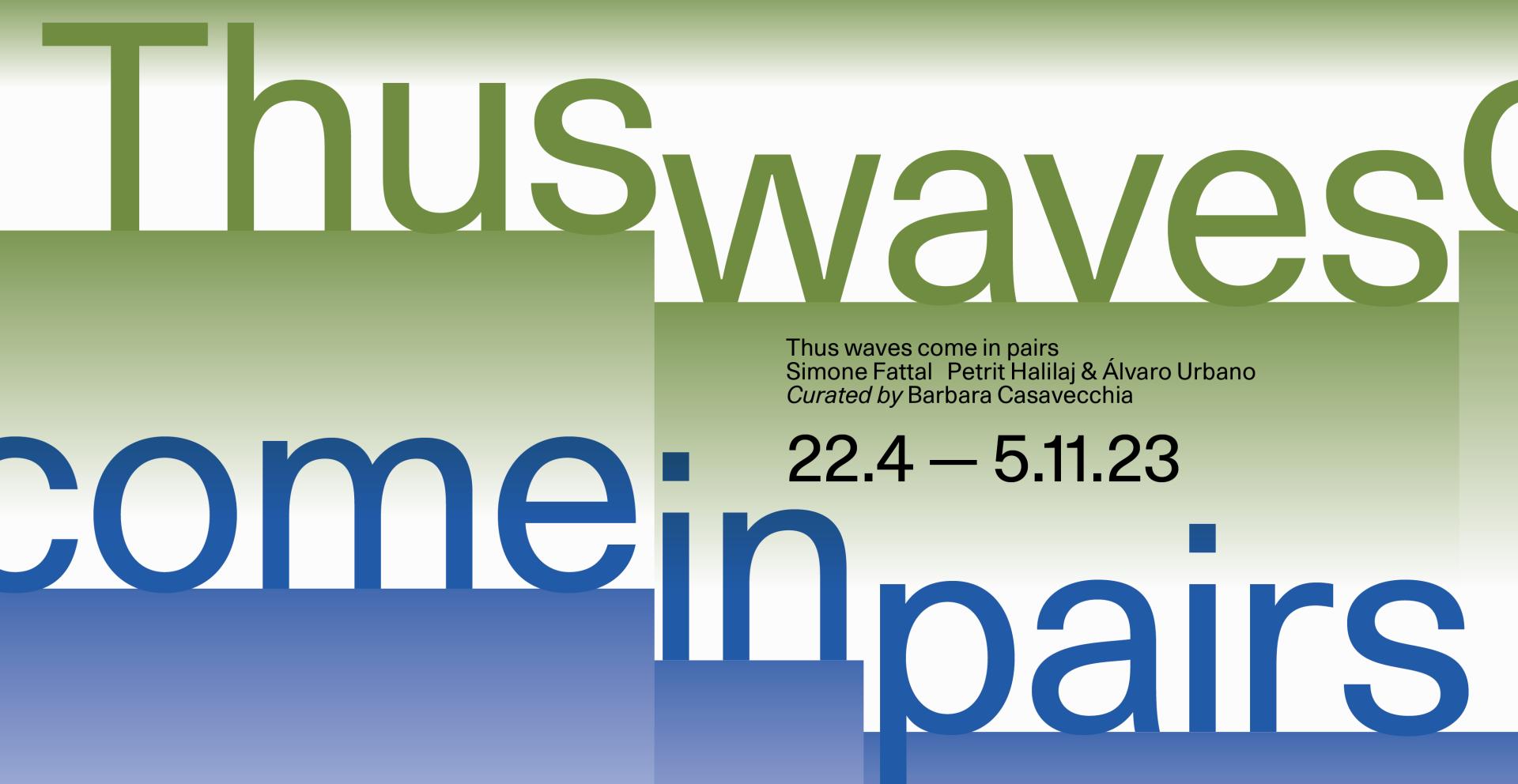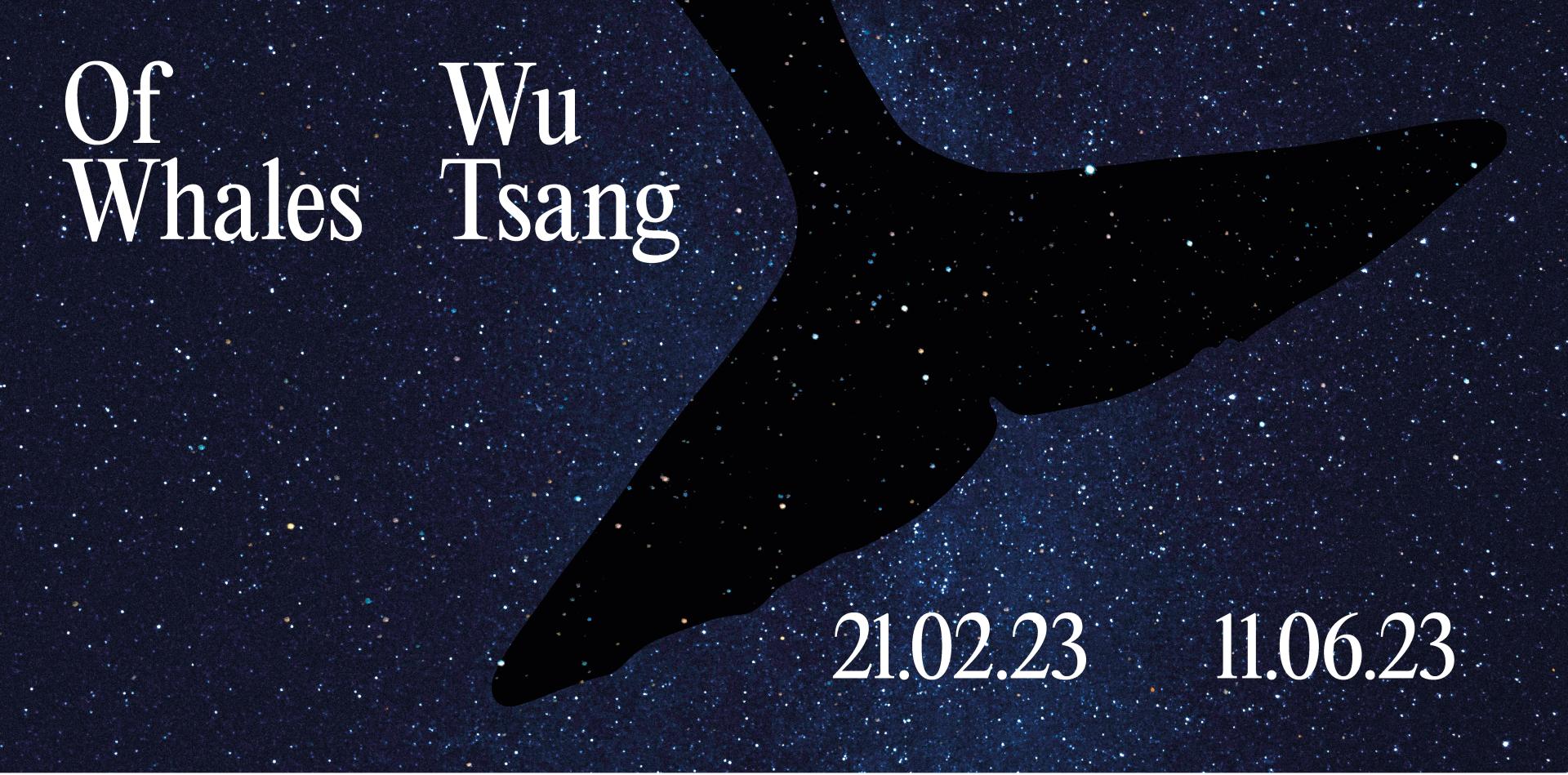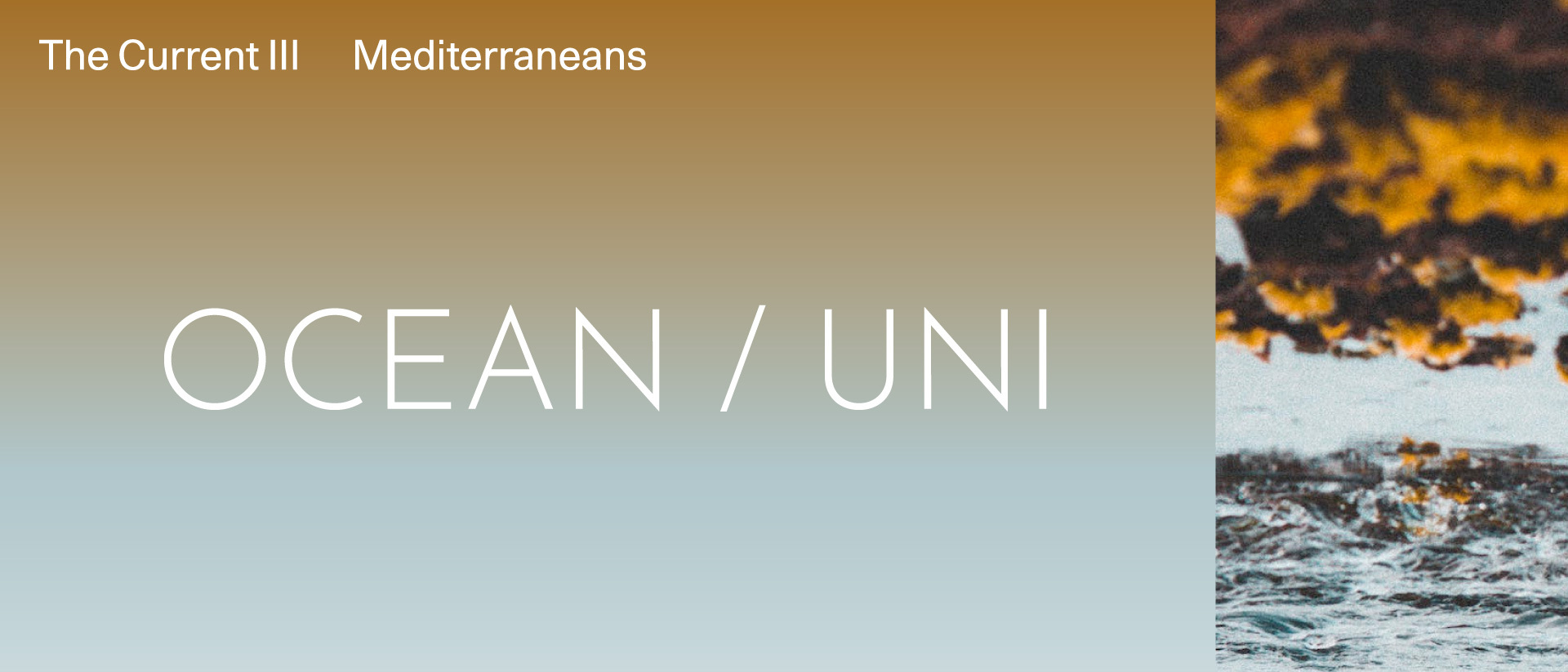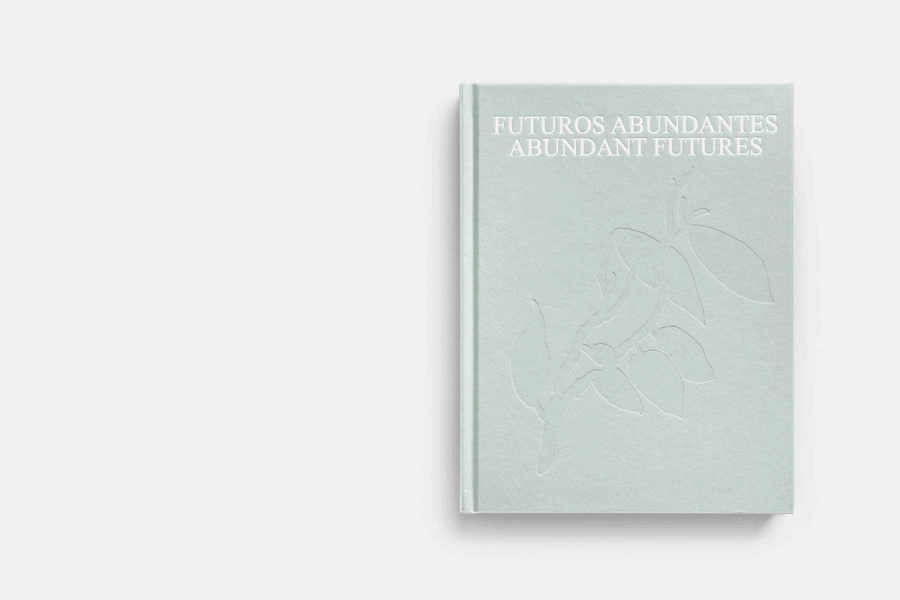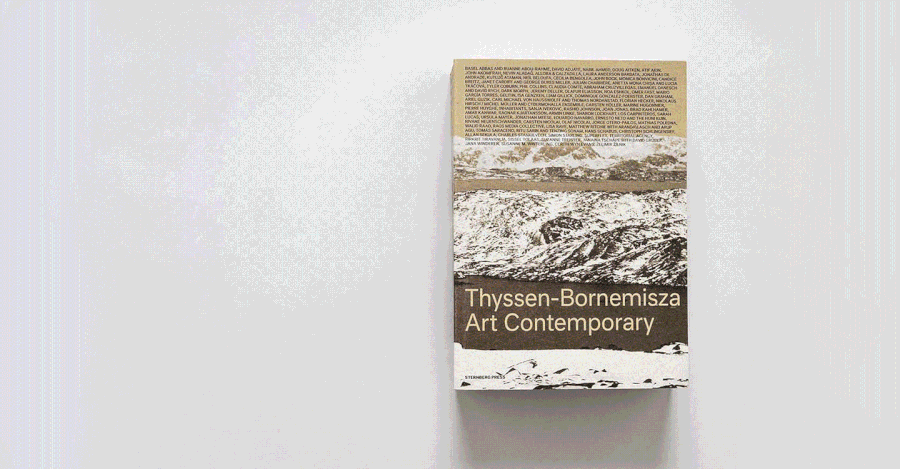Golem
Gelatin

Photo: Christoph Harringer
Collection
Glazed ceramic, plinth (wood, rebar)
23 x 20 x 14 cm (ceramic)
114 x 20 x 17 cm (plinth)
In their 2017 exhibition, New York Golem at Greene Naftali, Gelatin’s members made vitality the literal source of artistic production by molding and casting clay forms with their genitals. In doing so, they ridiculed the conventional modernist tradition that, since Kant, has positioned fine art as the art of genius, by exaggerating that tradition’s limited association between virility and creative talent in provocative gestures and comparatively simplified display of their resultant objects. Roughly similar in scale and form, the clay works appear on plinths with far more character than the objects they were designed to support, forging a paradox that entails a satirical commentary on the essential falsity of modernism’s myth. A film originally released online, detailing footage of the nude artists making the sculptures and covered in clay, demonstrates what Peter Osborne has called “the theatrical-political aspect of protest and provocation.”[1] As a semi-performative backdrop to the objects displayed in the exhibition, it serves to further underline those sculptures’ relative modesty: the formal arrangement of golems in the exhibition bore more similarities to the tendencies of classical sculpture; in some places, appearing to be organized in figure groups.
In more ways than one, Gelatin’s work attacks the notion of art as made by a single genius type. While their collective existence results from their historical formation out of (or rejection from) the precursor Galettene in the early 90s, Liam Gillick notes that it also “posit[s] a role that functions between the overt assertion of individual identity and the evasive potential of the group.”[2] Further, the derivation of these particular works from the symbol of the golem in Jewish legend enables a commentary that touches upon the conception of works of art as enlivened by the spirit of their maker which, through Romanticism, developed the notion of art as emerging out of the realm of pure feeling. The golem, a figure brought to life from inanimate matter (sometimes interpreted as occurring in a moment of ecstasy) provides the perfect symbol through which to play with all of these concerns: Gelatin’s own collection of golems harness all of the “collective libido, corrupted critique and consistent exceptionalism,” that defines their practice.[3] –Elsa Gray
[1] Peter Osborne, “Disguised as a Dog: Cynical Occupy?,” in Radical Philosophy 174.1 (Jul/Aug 2012)
[2] Liam Gillick, “Galettene: Cake or Sex or All Three - The True Story of Gelitin,” originally published in Flash Art International (May/June 2013), available at https://www.gelitin.net/uploaded/PDF/allgemein/1%20English.pdf
[3] ibid
23 x 20 x 14 cm (ceramic)
114 x 20 x 17 cm (plinth)
In their 2017 exhibition, New York Golem at Greene Naftali, Gelatin’s members made vitality the literal source of artistic production by molding and casting clay forms with their genitals. In doing so, they ridiculed the conventional modernist tradition that, since Kant, has positioned fine art as the art of genius, by exaggerating that tradition’s limited association between virility and creative talent in provocative gestures and comparatively simplified display of their resultant objects. Roughly similar in scale and form, the clay works appear on plinths with far more character than the objects they were designed to support, forging a paradox that entails a satirical commentary on the essential falsity of modernism’s myth. A film originally released online, detailing footage of the nude artists making the sculptures and covered in clay, demonstrates what Peter Osborne has called “the theatrical-political aspect of protest and provocation.”[1] As a semi-performative backdrop to the objects displayed in the exhibition, it serves to further underline those sculptures’ relative modesty: the formal arrangement of golems in the exhibition bore more similarities to the tendencies of classical sculpture; in some places, appearing to be organized in figure groups.
In more ways than one, Gelatin’s work attacks the notion of art as made by a single genius type. While their collective existence results from their historical formation out of (or rejection from) the precursor Galettene in the early 90s, Liam Gillick notes that it also “posit[s] a role that functions between the overt assertion of individual identity and the evasive potential of the group.”[2] Further, the derivation of these particular works from the symbol of the golem in Jewish legend enables a commentary that touches upon the conception of works of art as enlivened by the spirit of their maker which, through Romanticism, developed the notion of art as emerging out of the realm of pure feeling. The golem, a figure brought to life from inanimate matter (sometimes interpreted as occurring in a moment of ecstasy) provides the perfect symbol through which to play with all of these concerns: Gelatin’s own collection of golems harness all of the “collective libido, corrupted critique and consistent exceptionalism,” that defines their practice.[3] –Elsa Gray
[1] Peter Osborne, “Disguised as a Dog: Cynical Occupy?,” in Radical Philosophy 174.1 (Jul/Aug 2012)
[2] Liam Gillick, “Galettene: Cake or Sex or All Three - The True Story of Gelitin,” originally published in Flash Art International (May/June 2013), available at https://www.gelitin.net/uploaded/PDF/allgemein/1%20English.pdf
[3] ibid
gelitin is a group of four artists from Vienna, Austria. The group was formerly known as gelatin and changed their name in 2005. They are known for creating sensational art events in the tradition of Relational Aesthetics, often with a lively sense of humor.
Among their projects are a gigantic plush toy: a 55 meter tall pink rabbit on Colletto Fava (near Genoa, Italy), intended to remain there until 2025.[1][2] In November 2005, the group had a show at Leo Koenig, Inc. in New York, a project called Tantamounter 24/7. The project was a "gigantic, complex and very clever machine", according to the artists, which functioned as a kind of art-Xerox. The group erected a barrier blocking off one half of the space, locking themselves inside for one week, then asking visitors to insert items that they wanted copied into an opening in the barrier, which copies were then returned through another opening.[3]
This biography is from Wikipedia under an Attribution-ShareAlike Creative Commons License.
Among their projects are a gigantic plush toy: a 55 meter tall pink rabbit on Colletto Fava (near Genoa, Italy), intended to remain there until 2025.[1][2] In November 2005, the group had a show at Leo Koenig, Inc. in New York, a project called Tantamounter 24/7. The project was a "gigantic, complex and very clever machine", according to the artists, which functioned as a kind of art-Xerox. The group erected a barrier blocking off one half of the space, locking themselves inside for one week, then asking visitors to insert items that they wanted copied into an opening in the barrier, which copies were then returned through another opening.[3]
This biography is from Wikipedia under an Attribution-ShareAlike Creative Commons License.



